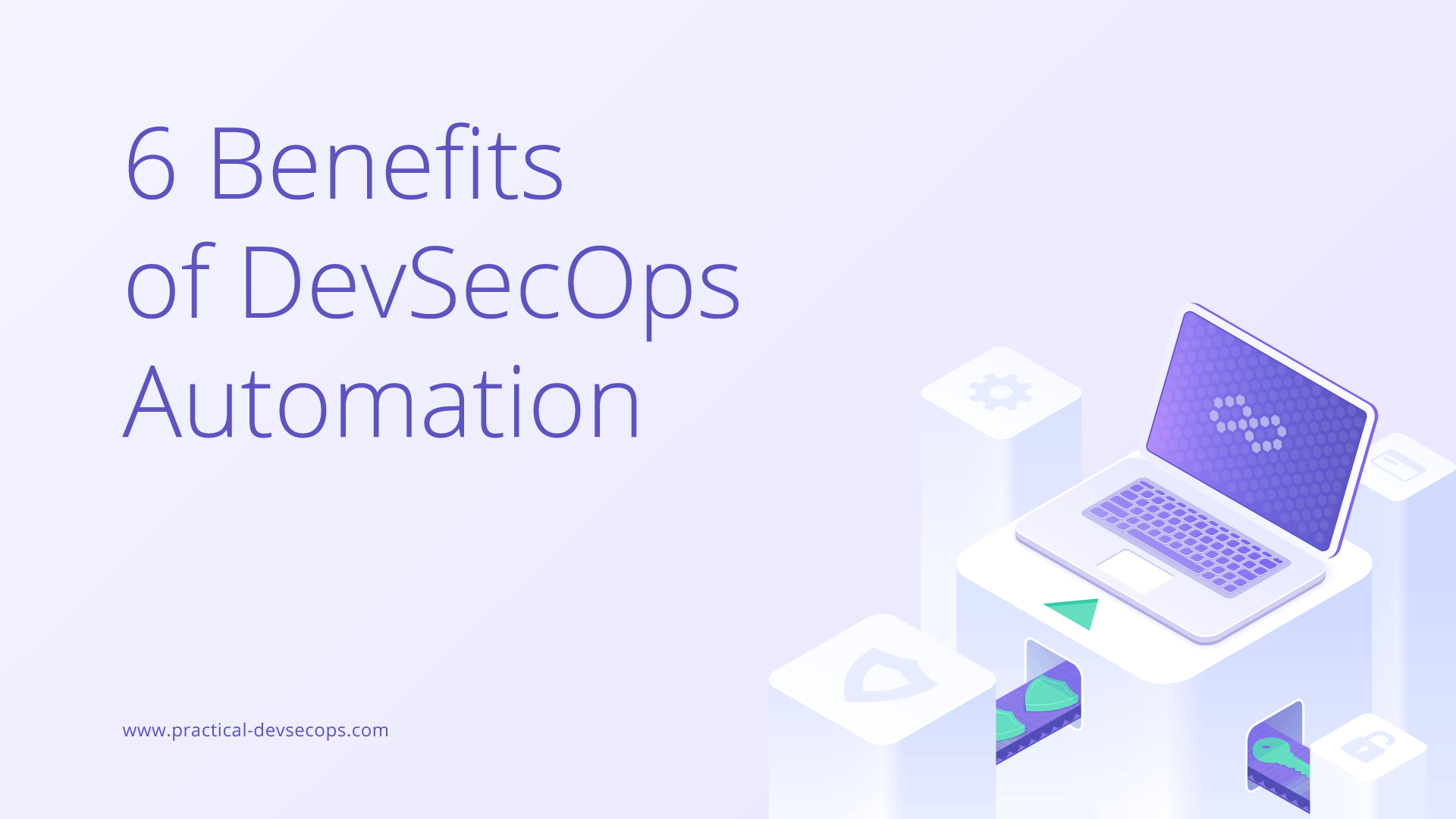SAST(Static application security testing) testing or ‘Whitebox testing’ or ‘Source code analysis tools’ scan the source code and test it for any security vulnerabilities very early on in the software development lifecycle. SAST testing occurs before the compilation of the source code and when the code is at rest. This type of testing ensures that all potential bugs and security flaws are caught early on and saves time, effort, and money than if it is found later on in the SDLC.
Different types of SAST tools are available in the market today such as Trufflehog, Talisman, Detect Secrets, Bandit, Sonarqube, Semgrep, Brakeman, Find Sec Bugs, and Njsscan.
How do we choose the best SAST tool for our business needs? This can best be decided by following the DevSecOps Gospel, which is described by the 7 checklists below:
1. Choose a SAST tool that is simple
The first and most important aspect when choosing a SAST tool is to check if it is simple to use and satisfies your business needs. It is good to research and analyze various tools and see which suits your business. It is also good to avoid large frameworks in your selection.
2. It should be able to easy set up and use
The second criterion is that the SAST tool should be able to onboard applications easily and should be easily customizable by the business itself. It should also be easy to configure to reduce the number of false positives.
3. It should support your programming language
The SAST tool you choose must support your programming or development language. It will be pointless if the tool cannot understand your development language and find its various vulnerabilities and bugs. Hence, it is important that the tool must support your development language.
4. A SAST tool that gives a lesser number of false positives is ideal
It is a fact that SAST tools return a number of false positives. A “false positive” is when the tool says there is a problem when there is no problem. While false positives cannot be entirely eliminated, choosing a tool that returns a lesser number of false positives is ideal.
5. An ideal SAST tool should be able to do incremental scans
A regular scan will take an adequate amount of time depending on the number of lines of code and the application itself. If a regular scan will take a long time to complete, it is good to have a SAST tool that can do incremental scans on subsequent scans. Incremental scans will be able to scan only changed lines of code since the last scan. Incremental scans can produce faster results and reduce pipeline execution time.
6. Customizing rulesets
You should be able to customize the rulesets of your SAST tool according to your application to get the desired result.
7. It should be compatible with the current continuous integration and deployment tools
The SAST tool should be compatible with the existing CI and deployment tools.
We have seen the ‘DevSecOps Gospel’ when choosing a SAST tool. Do stay tuned for more posts on the DevSecOps domain!
References:
- https://www.techtarget.com/searchsoftwarequality/tip/SAST-vs-DAST-vs-IAST-Security-testing-tool-comparison
- https://owasp.org/www-community/Source_Code_Analysis_Tools
- https://gitlab.com/gitlab-org/gitlab/-/issues/9815
- https://www.synopsys.com/blogs/software-security/steps-to-integrate-sast-into-devsecops-pipeline/







0 Comments